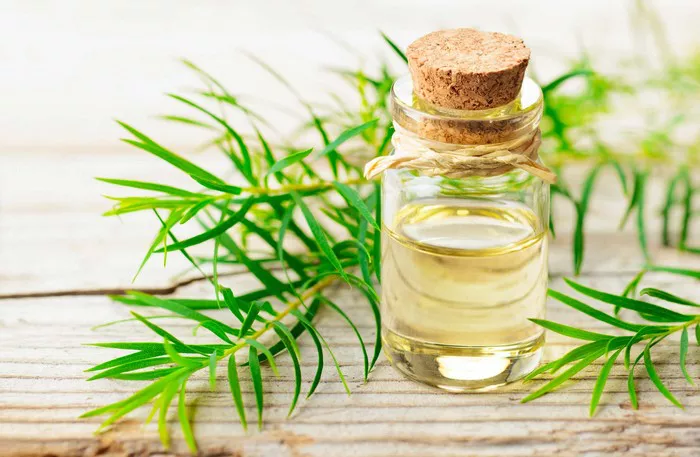As fall settles into the garden, thoughts often turn to the harvest and winter preparations. Yet, in regions where winter temperatures dip below freezing, the notion of growing anything might seem unlikely. However, the truth is that you can set the stage for a bountiful spring harvest by planting certain crops in the fall. Here’s a guide to help you achieve a successful early spring harvest.
Timing is key when planning your fall garden. Aim for a period when temperatures hover around 50 to 60°F. While cooler weather is favorable, avoid planting when temperatures consistently drop below freezing for extended periods.
Alliums, including onions, garlic, and shallots, are prime candidates for fall planting. These crops have a longer growth cycle and can withstand winter with their robust root systems. As they don’t sprout until spring, meticulous labeling is essential to prevent planting other crops on top of them. For a successful harvest next year, use mulch to suppress weeds and ensure your soil is well-fertilized with bone meal or bulb fertilizer.
Onions: Onions take roughly nine to ten months to mature, making them one of the slowest-to-harvest root crops. They are perennials, meaning they continue to produce as long as you desire. Onions are typically planted using “sets,” small bulbs grown in the previous season, giving them a head start and making them hardier in cold conditions. Harvest-ready onions can be identified when the base of the greens turns yellow or darker, depending on the onion variety.
Leeks: Plant leeks from seeds in the fall, and they will sprout come spring. Space them about six inches apart. Though not grown from bulbs, leeks require four to six inches of mulch to survive the winter successfully. Leek plants will be ready to harvest after six to seven months in the ground, with a mature diameter ranging from three-quarters to one and a half inches at the base.
Garlic: Similar to onions, garlic is ready for harvest when the base of the greens begins to whiten. Garlic grows in clusters, and you can separate the cloves and plant them like flower bulbs, root end down and pointed end up. Garlic sets or cloves from your previous harvest can be used. While garlic bulbs are typically harvested in summer, many varieties also produce greens or scapes that can be harvested in spring.
Shallots: Shallots resemble garlic in their clumping growth pattern but are layered like onions, making them a fusion of the two. Shallots are usually ready for harvest in early to late spring, depending on your planting time and local climate. Look for darkening at the base of the greens as an indicator of their readiness.
For the quickest spring harvest, consider planting bunching onions. While these onions are often grown for their greens, the bulbs are also edible. Harvest the greens when they reach about a half-inch in diameter or are approximately six inches tall, offering a tantalizing early taste of spring.
























